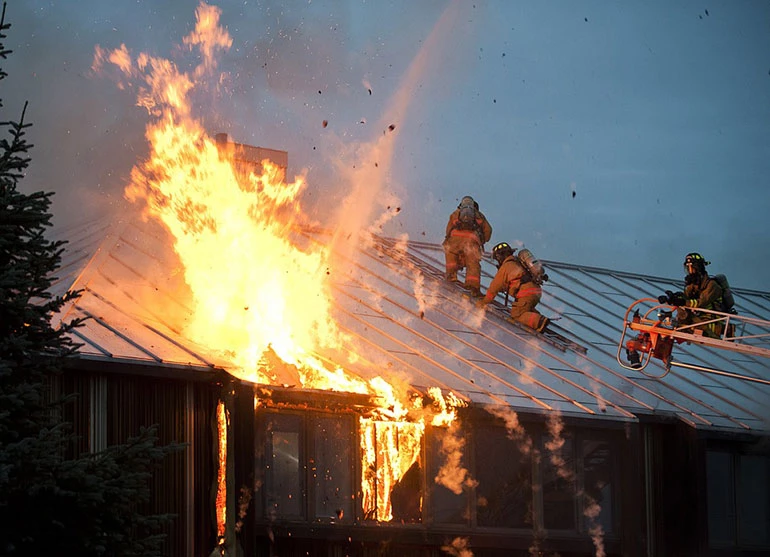How To Prevent Creosote From Taking Over Your Chimney
Creosote is a tar-like substance that forms within the flue of any appliance that burns solid fuel products, like wood or coal. It is formed when hot gases reach the top of the chimney and interact with cold outside air, creating condensation along the walls.
The gases that mix with the cold air are by-products of the fuel, so the condensation eventually solidifies and builds up along the walls of your vent piping. Wood is the absolute worst for creating creosote while burning coal isn't as damaging.
Why do I care if it's in my chimney?
-

- House Fire
You should care about creosote for two reasons:

